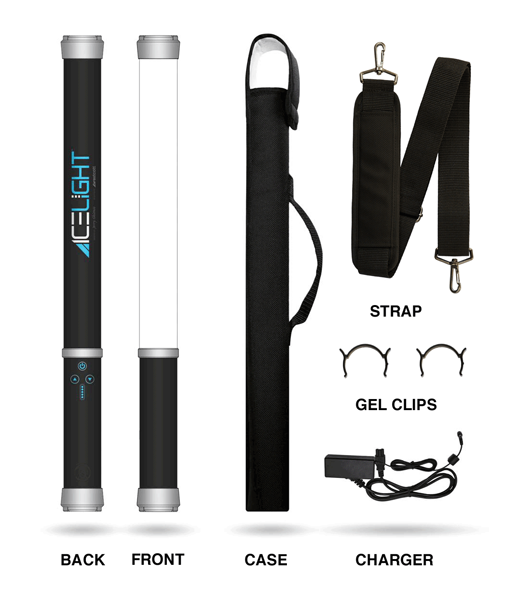I've been getting a lot more engaged in night photography and I learned a method for getting better images from Scott Martin and Dr. Russell Brown at Photoshop World in March. The process is called Stacking and while you can do this with special software, Russell has released a Photoshop script called Stack-A-Matic that easily combines your images into a single image.
The key to successful stacking is an intervalometer. For most night shots I had been using the Canon RS-80N3 remote cord. It's basically an electro-mechanical release allowing you to release the shutter without touching the camera and to hold the shutter open in Bulb mode by using of a sliding lock. It's simple and it works and sells for about $105 although ymmv.
I could use this release for stacking but it depends on me to be accurate in my exposure timing and in my sequence timing. What Scott and Russell advocate is a sequence of shots of fixed exposure duration separated by one second intervals in order to ensure that star trails are gapless. This isn't HDR, it's lots of short exposures that are stacked to get amazing levels of detail, very low noise and a cumulative very long exposure. Doing things this way means you can get star trails without blowing out the foreground or having your sky look like a pointillist painting because of all the digital noise.
I looked first at Canon's timer remote, the TC-80N3. It looks like the RS-80N3, except that it has a digital timer in it. Since these timers are pretty common these days, I was shocked when I saw that it sells for about $275. Really!? And you are still tied to your camera by a 2 1/2 foot cable.
That wasn't going to work as I also wanted to be able to do some light painting and that means getting away from the camera while the sequence is shooting. This led me to the Hahnel Giga T Pro II Wireless Timer Remote.

Long name for a very simple tool. The kit consists of a transmitter, a receiver and a couple of cables to connect to different Canon models. The transmitter can work just like the TC-80N3 via cable but the kit really shines when you carry the transmitter and set the receiver at the camera connected via cable to the remote port. The wireless is via radio, not infrared and there are multiple channels available to avoid interference.
You can trigger single sot, burst mode, delayed firing and hold the shutter open in bulb mode simply. In bulb mode, the transmitter even includes a timer so you aren't looking at a watch or counting seconds.
The kit really shines for interval sequences. After reading the documentation (which is easy to understand), I programmed 10 second exposures, 1 second apart with 30 repeats as a test. It took less than a minute to program, pressed the start button and walked away. Just over 330 seconds later, I had 30 images, all exposed as selected.
Then it's simple enough to use Dr. Brown's Stack-A-Matic to combine all the images together in Photoshop. You can get Stack-A-Matic here from The Russell Brown Show web property.
Summary
The Hahnel Giga T Pro II Wireless Timer Remote retails for about $130. I'd suggest it over the alternatives I did test and choose not to write about. The kit is available for Canon, Nikon, Olympus and Sony cameras. Hahnel lists a Panasonic model but it looked to be a special order.










